7 situations when you should shoot and edit JPEG instead of RAW
If you read and listen to a lot of photography advice online, you will often hear people telling you to shoot in RAW. And of course, doing so is beneficial for performing deeper photo edits. However, there are some situations where you should shoot and edit in JPEG instead of RAW.
JPEGs take up much less space than RAW files and are generally more flexible when editing images from a computer. On top of that, you'll often find that JPEGs are easier to upload online.
Shooting and editing in the JPEG format can also have a number of other benefits, such as providing the flexibility to quickly try out different editing styles. In this guide, you'll discover 7 situations where you should use this file format instead of RAW.
1. Edit photos on the go
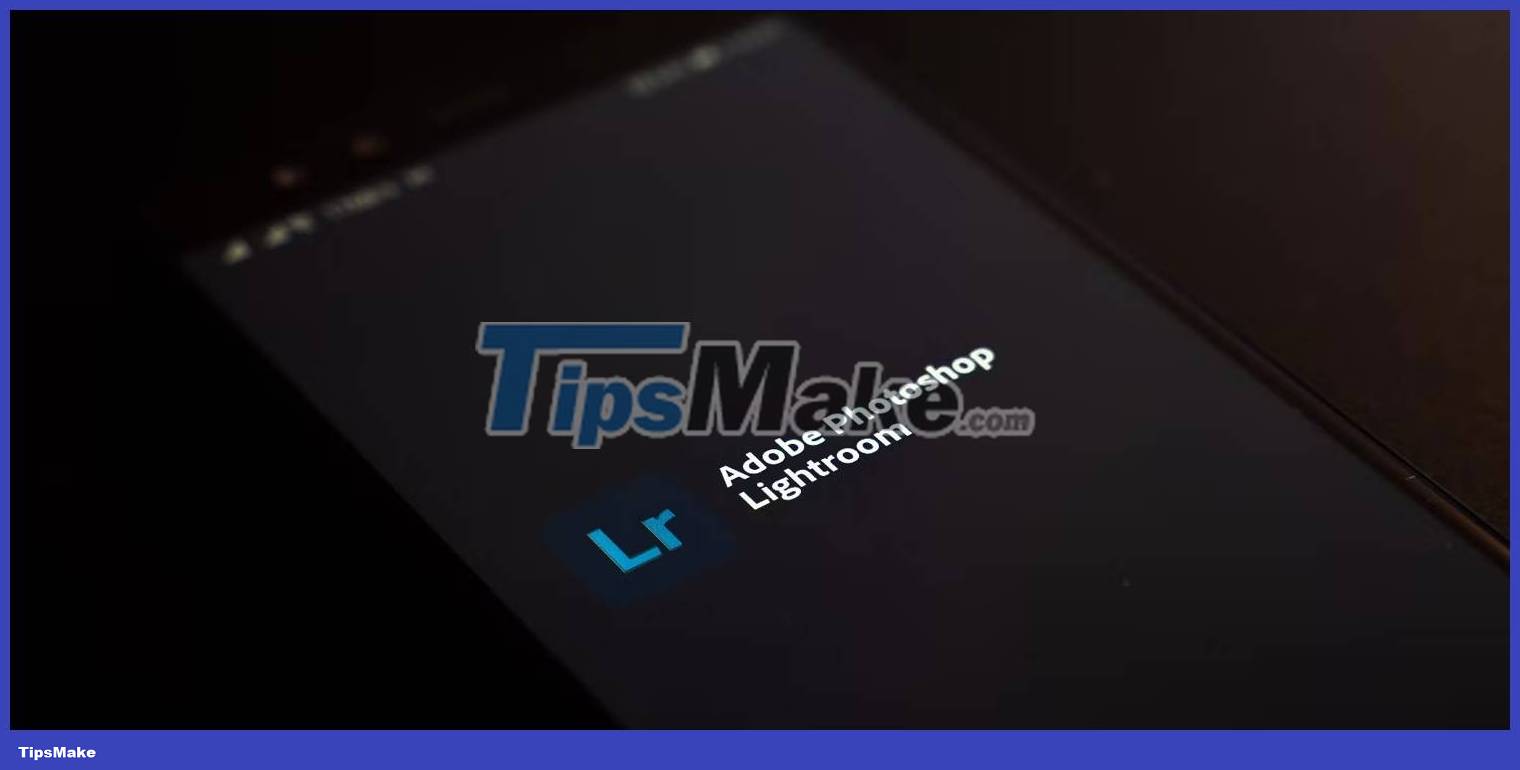
Thanks to advances in mobile technology and improved Internet speeds, it's easier than ever to edit photos on the go. For example, Adobe Lightroom CC lets you continue your workflow from your computer on a tablet or smartphone. You can edit RAW files, but you need to upload them to your computer. In situations where this is not possible, JPEG is a better choice.
Even if you only edit JPEG images, you can still access many of the most useful color correction tools. So if you're not too bothered about high-level editing, you might find that this is a better option.
You can also use tools like Photoshop Express to edit JPEGs on the go.
2. When you are new to photo editing
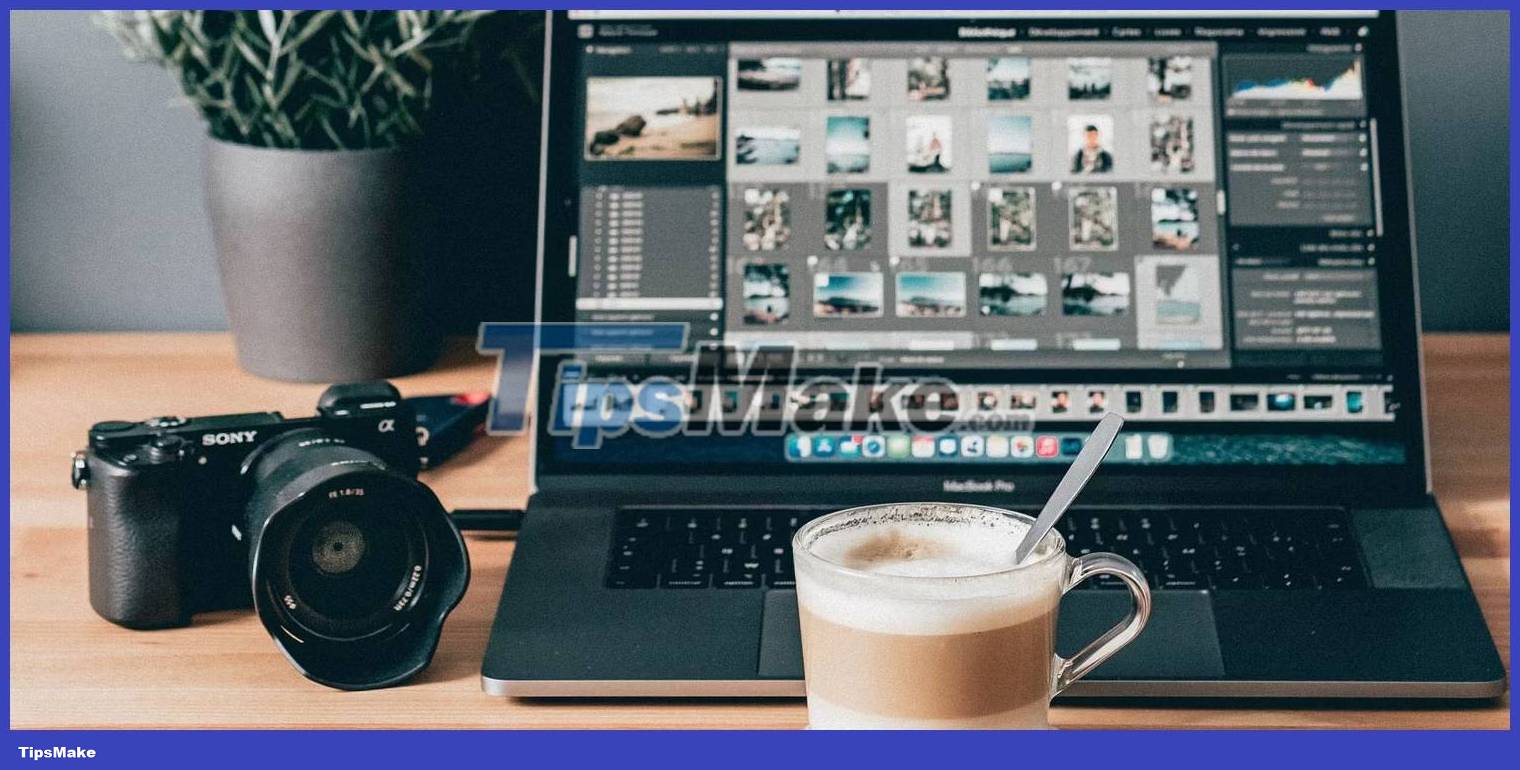
You can try many easy-to-use photo editing tools for beginners, and you may want to start with JPEG files once you get the hang of the basics. Doing so allows you to figure out how to control the colors in your photos from a solid base, and can use sliders like vibrance and saturation to achieve the results you want.
JPEG editing also allows you to better understand how lighting adjustments, such as contrast and exposure, work. Once you've learned the beginner steps to photo editing, you can use RAW files for editing and won't have much trouble learning.
3. Send photos to others
Adjusting your photo can take a lot of time. So you should make sure you really want to edit your photos before you do - especially if you're working with other clients.
Sometimes, you may want to send your photos to others and see their reviews. An example would be when you are taking a portrait of someone and allowing them to choose their favorite photo for further editing.
Before making more detailed edits to the RAW files of their choice, you can quickly adjust colors and choose from a number of presets for your JPEGs. And if you want to take better photos for your clients, consider learning more about how to improve your portrait photography.
4. Upload images to social networks quickly
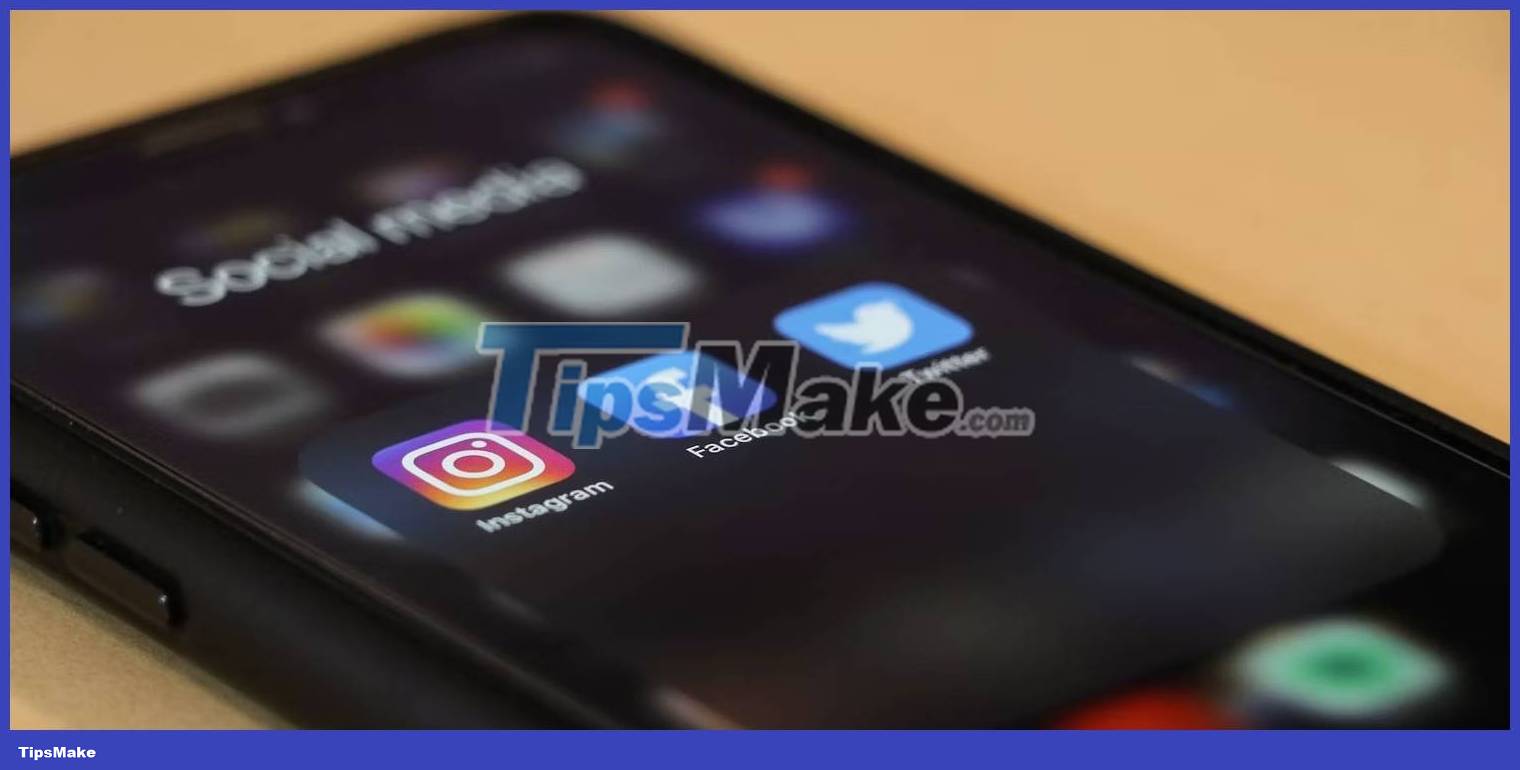
While you can access platforms like Instagram from your computer, you may prefer to use these apps on your phone. And if you want to quickly share images with your friends, using JPEG files will be more suitable.
You can use Bluetooth to share images from your camera with your smartphone or tablet before quickly editing them if needed. Once that's done, simply upload the photo to your profile.
The ability to quickly upload photos to social media can come in handy if you're starting a blog on Instagram. It's also useful in many other situations, such as when you want to share a quick update about a trip.
5. When you don't want to spend a lot of time editing
Once you've at least become an intermediate photographer, you'll have a better understanding of your likes and dislikes. Many people find that they don't enjoy editing, and in those cases, spending as little time as possible on these tasks can help you do more of the stuff you love.
When editing JPEG files, you may find it easier to get the look you want. You can use tools like Lightroom, but even Apple Photos is a good choice if you have an iPhone. If you choose Apple Photos, you can explore some of the app's hidden features to take your photo organization to the next level.
6. Once you've added a filter to your photo
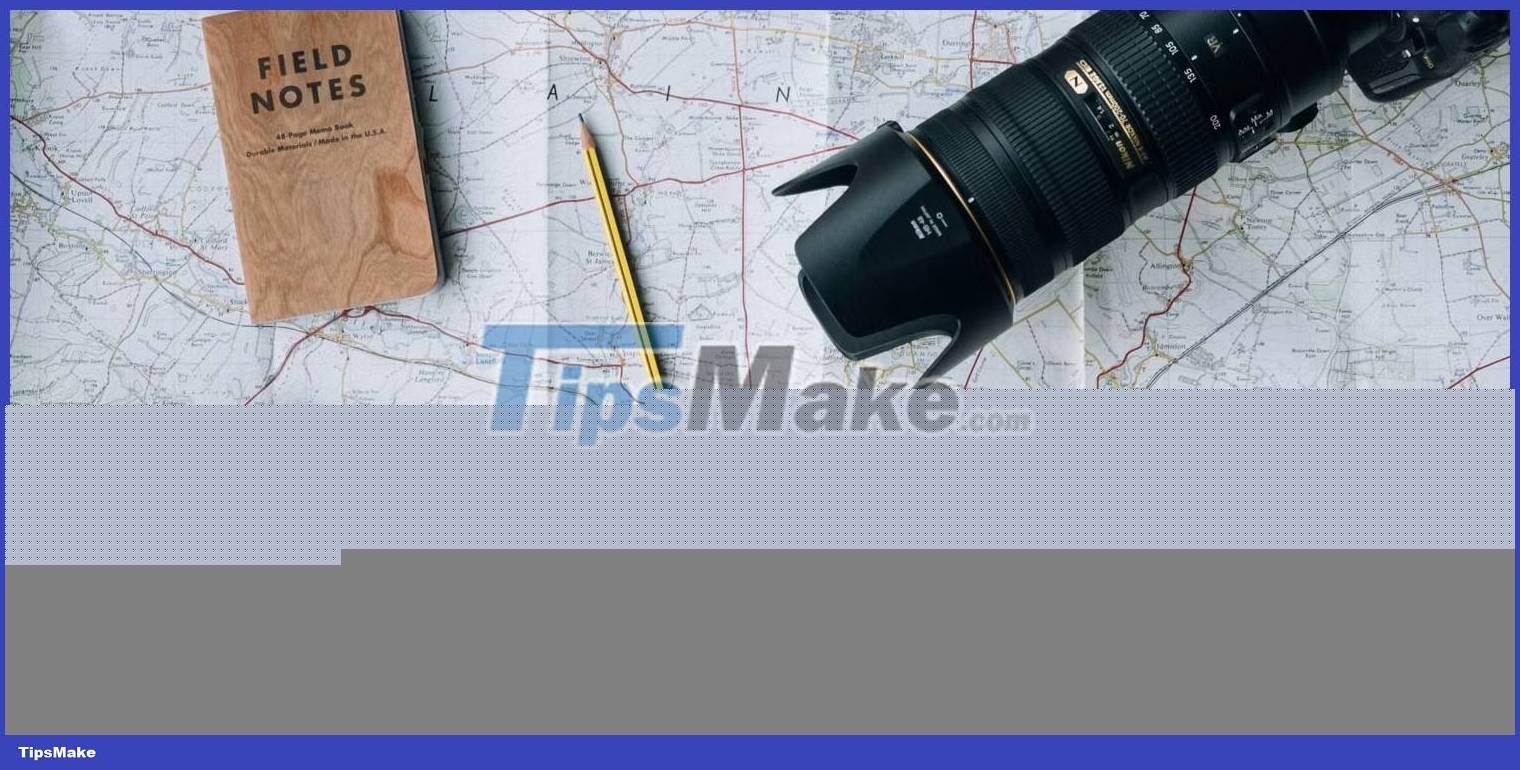
Many camera manufacturers, including Nikon, Canon, and Fujifilm, allow you to add camera profiles to your photos. In essence, these work like the filters you'll find on platforms like Instagram - and in some cases, you may find that you like what you see more than what you can edit.
If you already like the look of your images, then you don't necessarily need to delve into RAW file editing. Instead, you can save JPEG images and make small adjustments as needed. After doing that, you can distribute your images wherever you want.
7. Experiment with different genres of photography
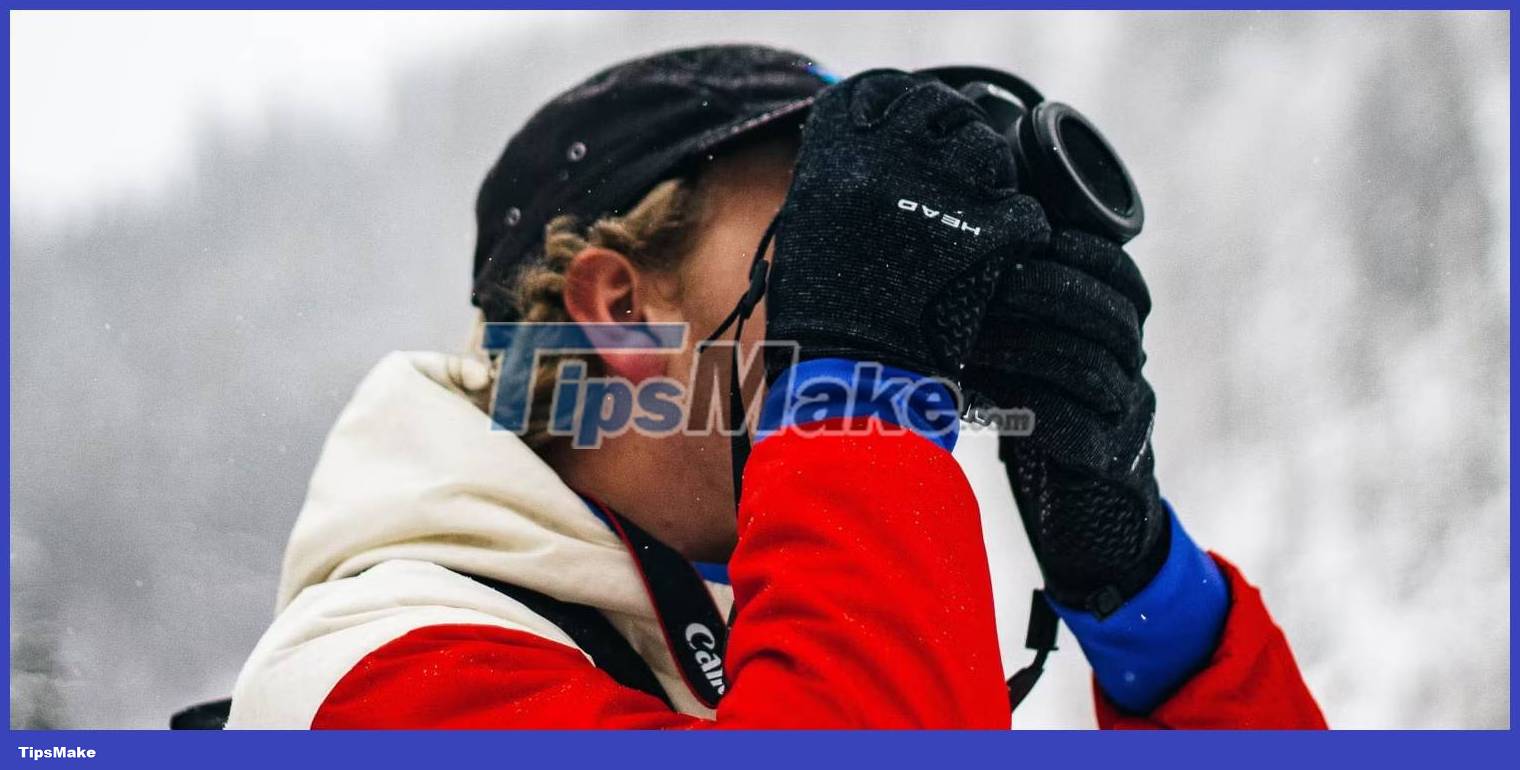
Are you new to photography? If so, trying out different styles will help you determine which genre you like faster. And once you know that, you can spend more time photographing subjects that interest you.
During the beta, you may not want to spend a lot of time editing and sharing your photos. This is especially true if you try a genre you don't like. Shooting in JPEG makes it easier to determine which style you prefer, reducing the amount of time you need to spend searching for the right style for you.
You should read it
- How to Convert Photos to JPEG Format
- How to Change JPEG to GIF
- How to save image files in JPEG 2000 format
- How to Convert JPEG Images to Word Documents
- How to Convert a JPEG to a Silhouette Cut‐Out
- How to Open Jpeg Files
- How to Improve JPEG Image Quality
- How to Convert a JPEG Image Into an Editable Word Document
May be interested
- How to Improve JPEG Image Quality
 jpeg (also known as jpg) is an image compressed to reduce file size, making it suitable for sharing and posting online. therefore, when you want to enlarge or reuse the jpeg file, the image will be grainy and broken. you can enhance jpeg file quality by tweaking the image, color, and contrast using photo editing software. if you are familiar with photo editing operations, you can use topaz dejpeg software; if you are a beginner, you can use free software like pixlr. if you are familiar with photoshop, access the powerful tools in this software to improve image quality.
jpeg (also known as jpg) is an image compressed to reduce file size, making it suitable for sharing and posting online. therefore, when you want to enlarge or reuse the jpeg file, the image will be grainy and broken. you can enhance jpeg file quality by tweaking the image, color, and contrast using photo editing software. if you are familiar with photo editing operations, you can use topaz dejpeg software; if you are a beginner, you can use free software like pixlr. if you are familiar with photoshop, access the powerful tools in this software to improve image quality. - How to Change a Word Document to JPEG Format
 this wikihow teaches you how to convert a microsoft word document into a jpeg image file on both windows and mac computers. open the word document. double-click the document you want to convert into a jpeg. this will open the document in...
this wikihow teaches you how to convert a microsoft word document into a jpeg image file on both windows and mac computers. open the word document. double-click the document you want to convert into a jpeg. this will open the document in... - Does the JPEG file size accurately reflect the image quality?
 the relationship between jpeg file size and image quality is often understood by people in the sense that 'the heavier the file, the higher the quality'. but really, things are not quite so.
the relationship between jpeg file size and image quality is often understood by people in the sense that 'the heavier the file, the higher the quality'. but really, things are not quite so. - 9 ways to fix the error of not being able to save files as JPEG or PNG in Photoshop
 if you've ever had trouble saving a file as a jpeg or png in photoshop, you're not alone. it's frustrating when a simple export goes wrong, but the good news is that it's usually easy to fix.
if you've ever had trouble saving a file as a jpeg or png in photoshop, you're not alone. it's frustrating when a simple export goes wrong, but the good news is that it's usually easy to fix. - How to Enable JPEG XL Support in Google Chrome
 jpeg xl is a new image format with outstanding features that is gradually replacing the old formats. let's learn how to enable jpeg xl image format support for google chrome browser through this article.
jpeg xl is a new image format with outstanding features that is gradually replacing the old formats. let's learn how to enable jpeg xl image format support for google chrome browser through this article. - 9 Creative Photography Ideas You Can Do at Home
 you might think you need a professional photographer and a fancy downtown location to take photos, but this is not true.
you might think you need a professional photographer and a fancy downtown location to take photos, but this is not true. - What is the difference between JPG, JPEG, GIF, PNG and SVG image formats?
 jpg, jpeg, gif, png or svg are the most used image formats on the internet today. in this article, we will learn about popular image formats, know the differences between image formats and which ones to use.
jpg, jpeg, gif, png or svg are the most used image formats on the internet today. in this article, we will learn about popular image formats, know the differences between image formats and which ones to use. - Is RAW or JPEG the best format for photos?
 when making the leap to dslr or mirrorless cameras, you are faced with the option to continue taking photos as jpeg or convert to raw files. but which format is the best option to use?
when making the leap to dslr or mirrorless cameras, you are faced with the option to continue taking photos as jpeg or convert to raw files. but which format is the best option to use? - 10 dreadful situations that are difficult to understand everyone have experienced
 sometimes life is so busy that we don't even notice what happens around us. if you try once to observe people closely, you will see how different we are, but sometimes we encounter similar situations.
sometimes life is so busy that we don't even notice what happens around us. if you try once to observe people closely, you will see how different we are, but sometimes we encounter similar situations. - How to Improve JPEG Image Quality
 jpegs (also called jpgs) are images that have been compressed to create smaller files - perfect for sharing or posting online. as a result, when you attempt to enlarge or re-use a jpeg, the image may appear grainy or pixelated. you can...
jpegs (also called jpgs) are images that have been compressed to create smaller files - perfect for sharing or posting online. as a result, when you attempt to enlarge or re-use a jpeg, the image may appear grainy or pixelated. you can...










 How to adjust aperture and speed on popular digital cameras
How to adjust aperture and speed on popular digital cameras Using your digital camera's aperture and speed-priority shooting modes
Using your digital camera's aperture and speed-priority shooting modes Learn about white balance - White Balance in digital cameras
Learn about white balance - White Balance in digital cameras 6 tips to help take better night photos with a popular digital camera
6 tips to help take better night photos with a popular digital camera How to take clear digital photos
How to take clear digital photos Basic operations to have a beautiful digital photo
Basic operations to have a beautiful digital photo